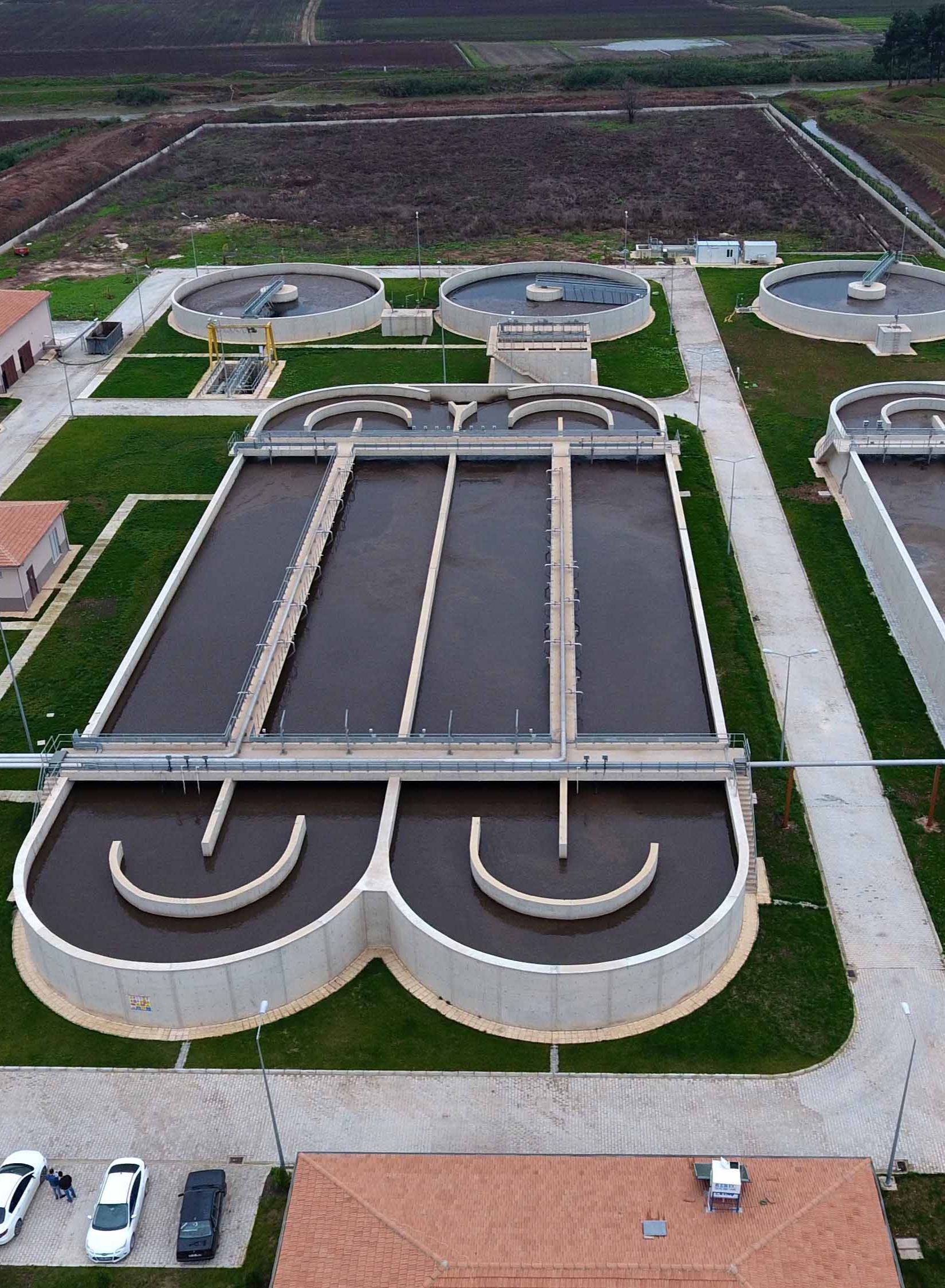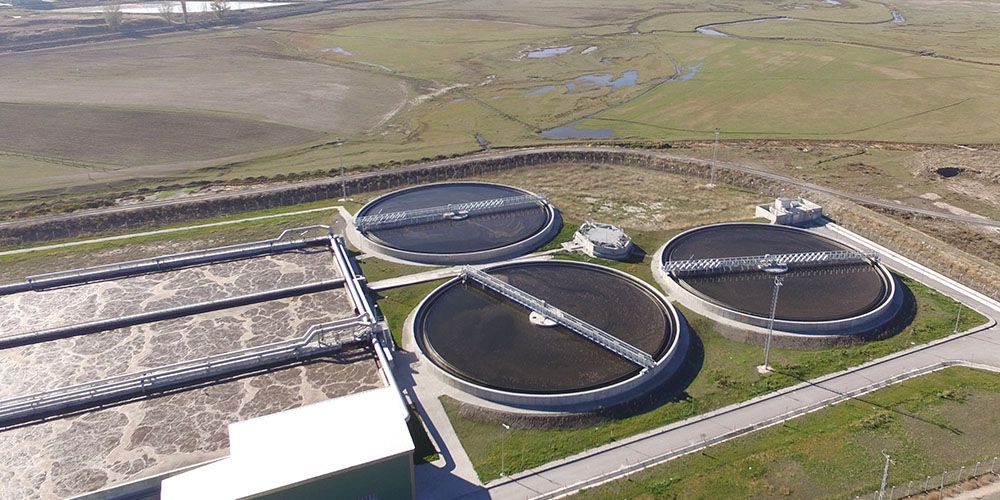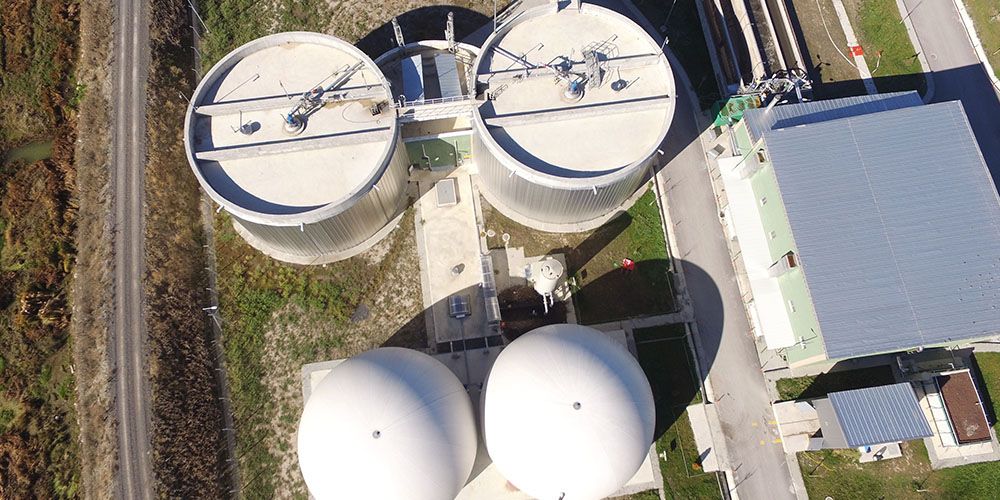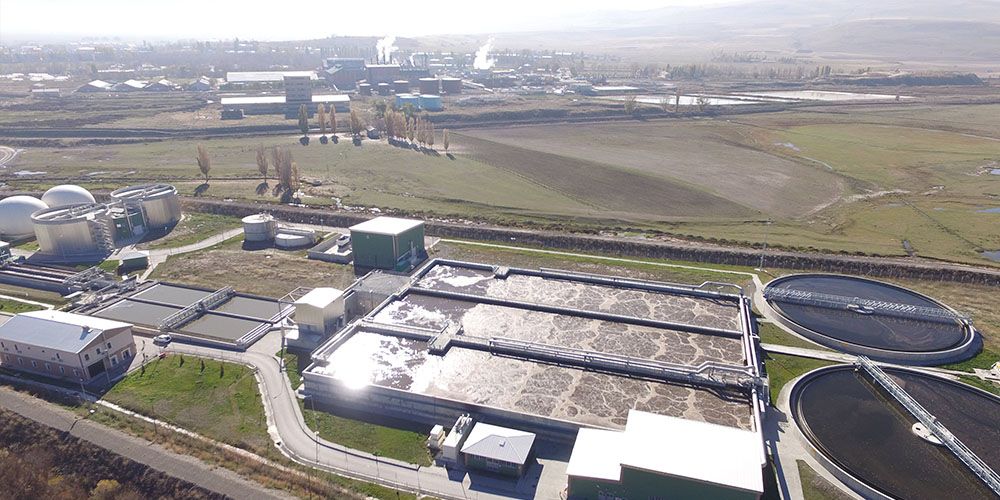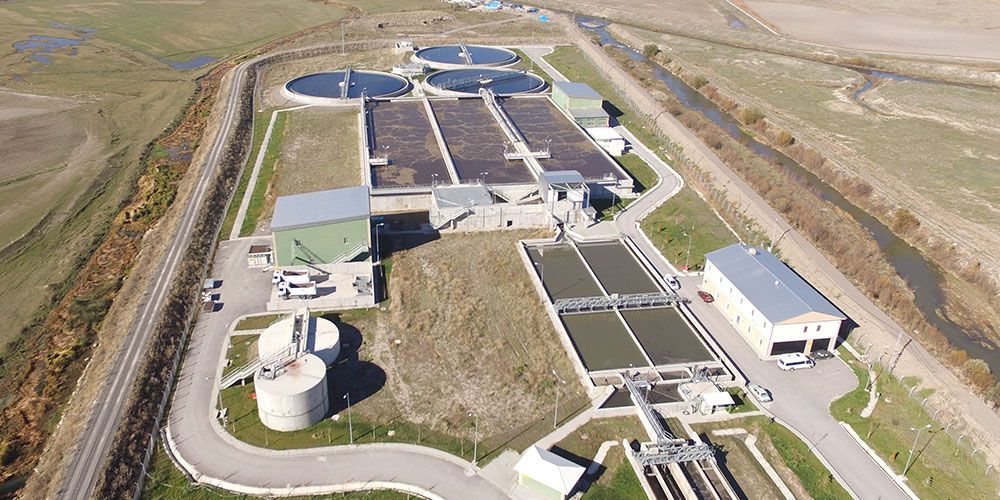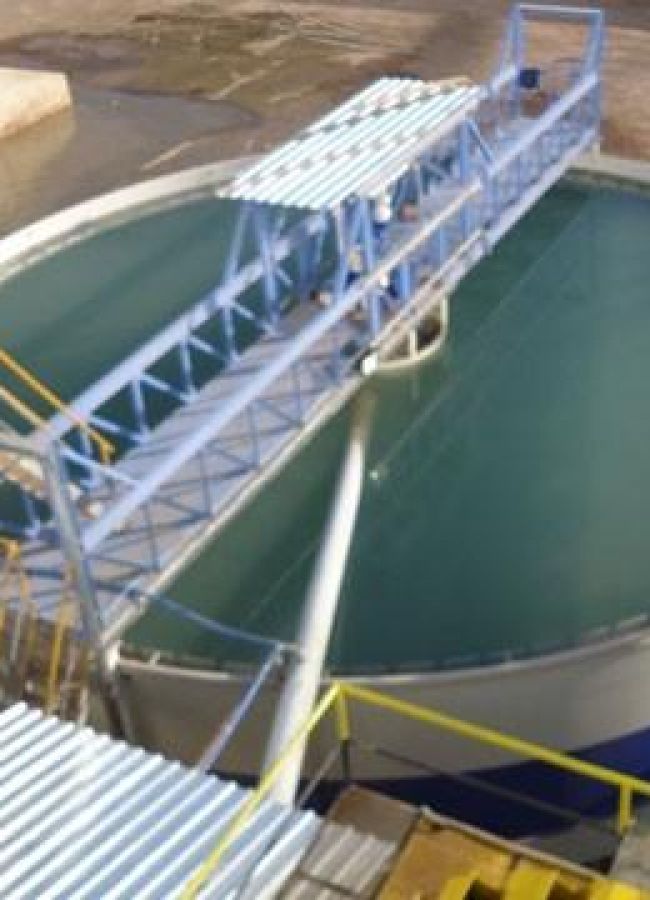Result
For more than 15 years we are working together with leading plant manufacturers and engineers of the water industry.
Due to our in house development department, tooling shop, production and quality control we always react flexibly to requests and can be sure to meet the high-quality demands of our customers
MTA company provides services in the field of recycling and biological treatment, especially in the mineral sector. The company provides filter presses, slurry pumps, turbo pumps for slurry, sewage pumps, standards pumps, compact systems, dosing units, thickeners, sedimentation tanks, and biological treatment systems.
We have cooperated with leading companies in their specialty from the beginning including the marble sector, mining systems and industrial waste water treatment
